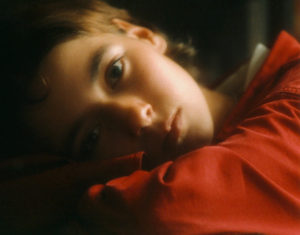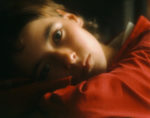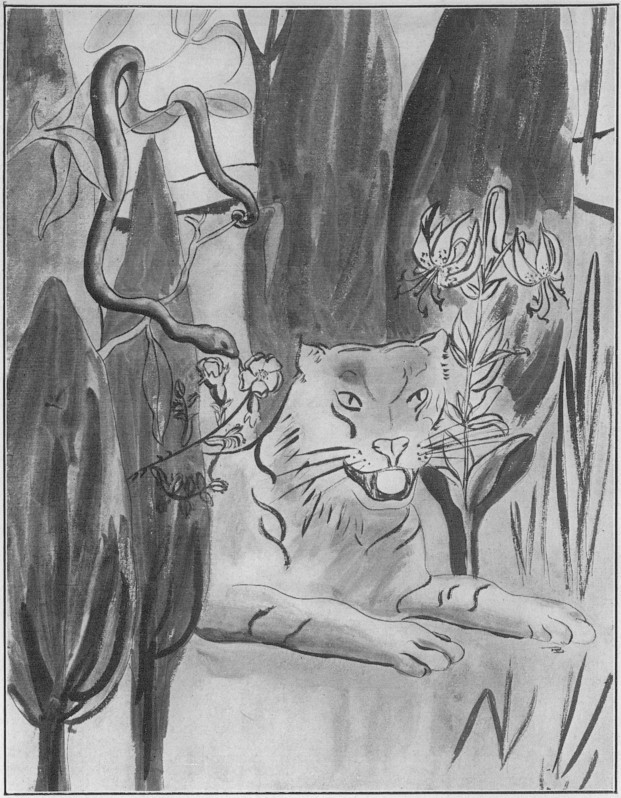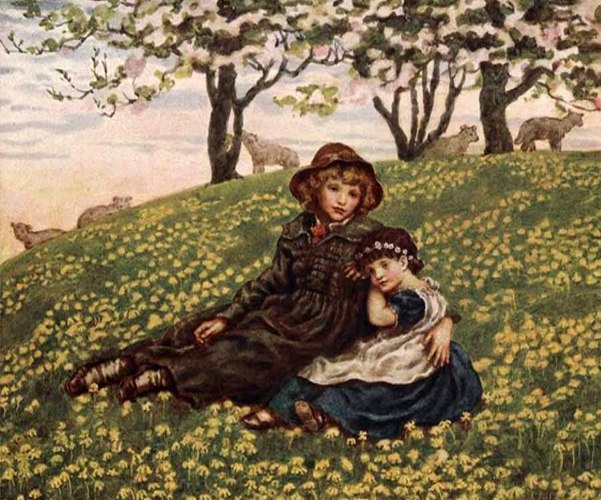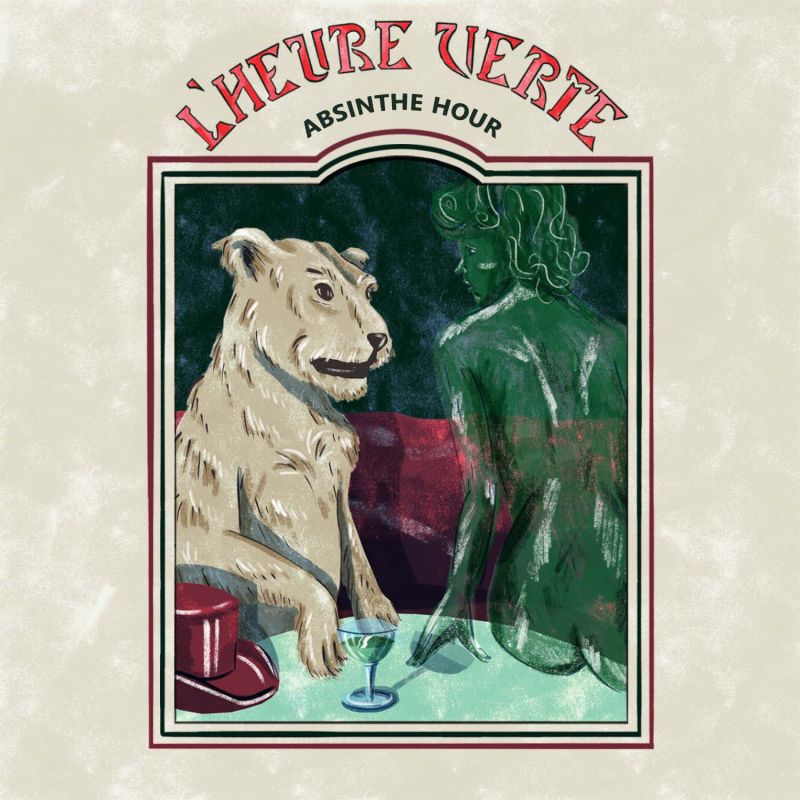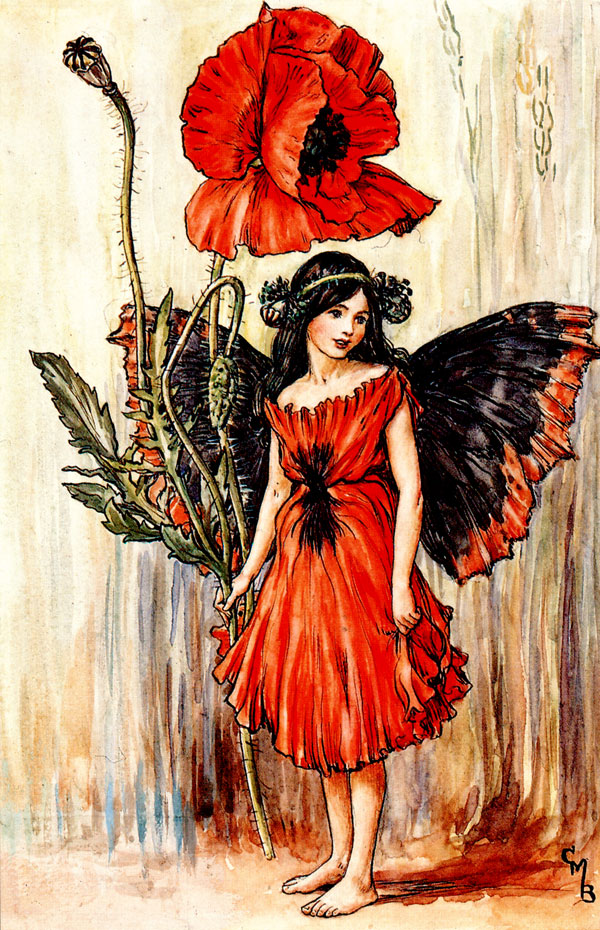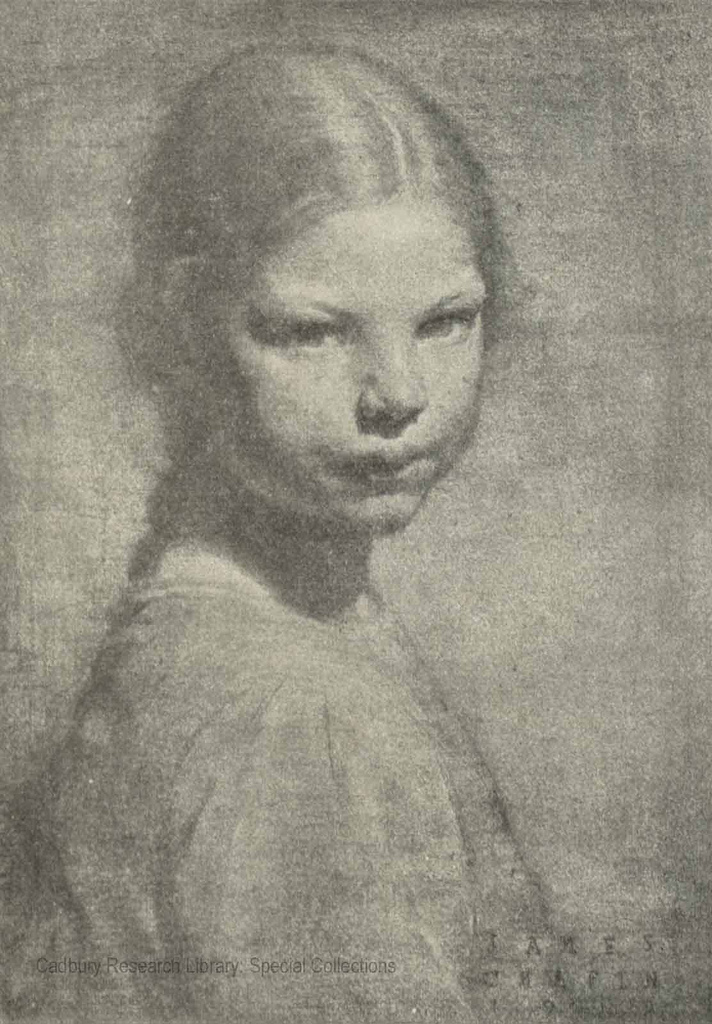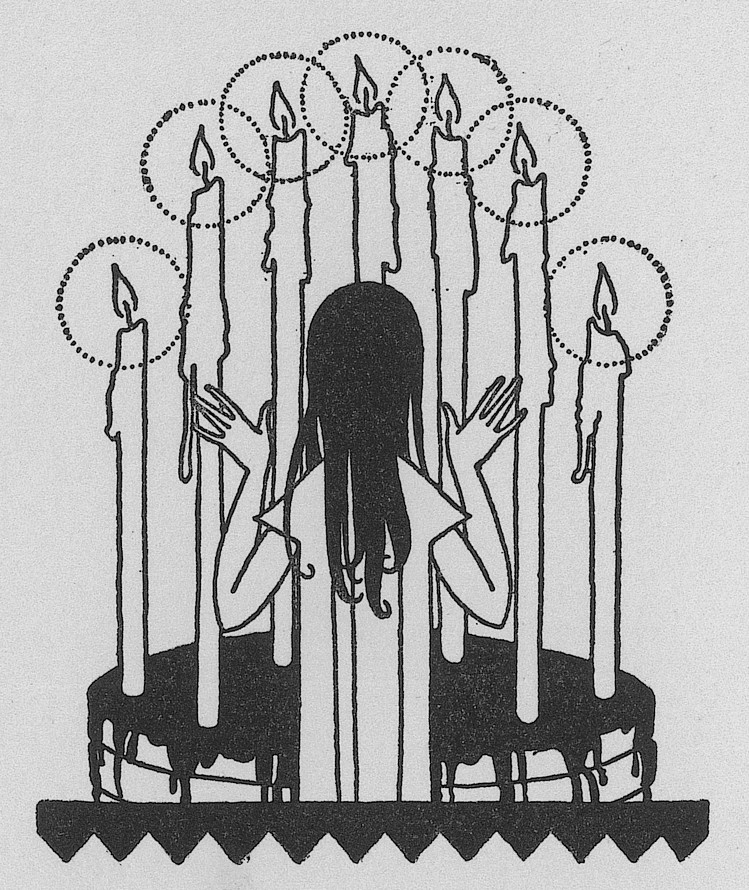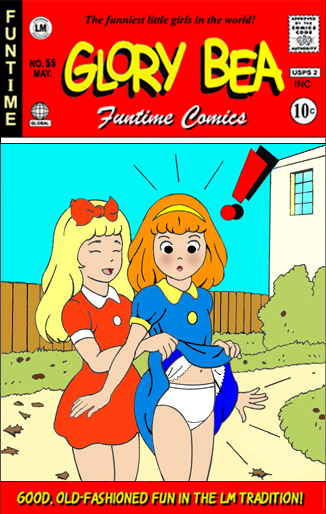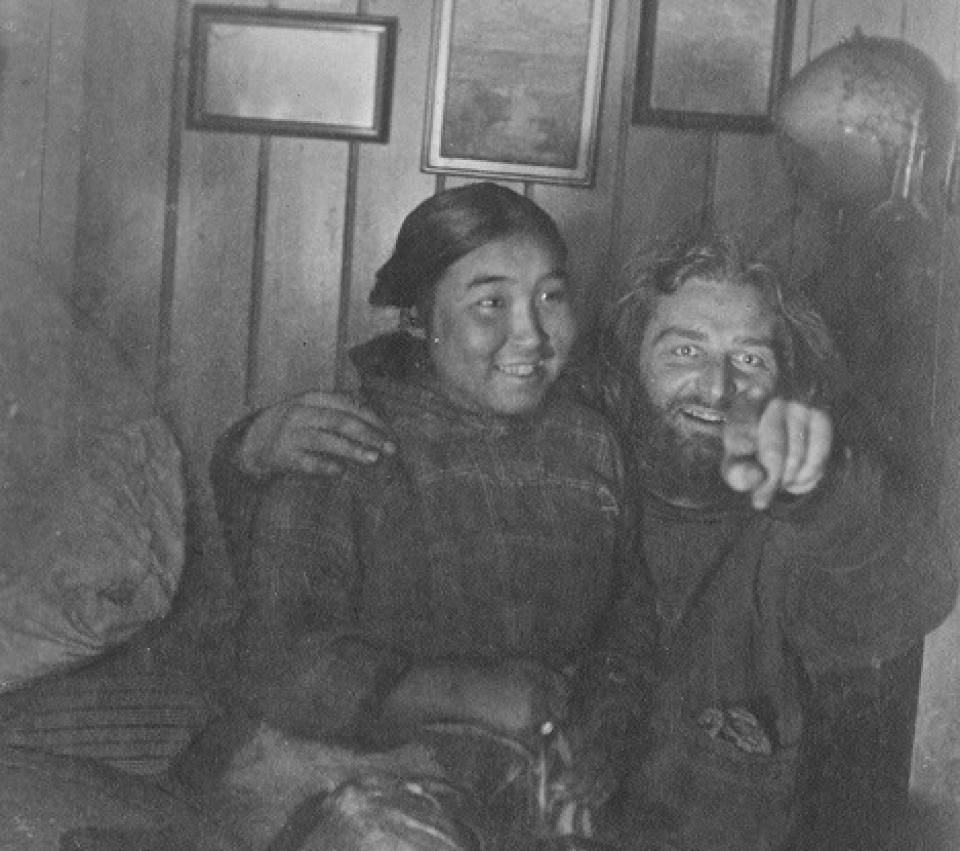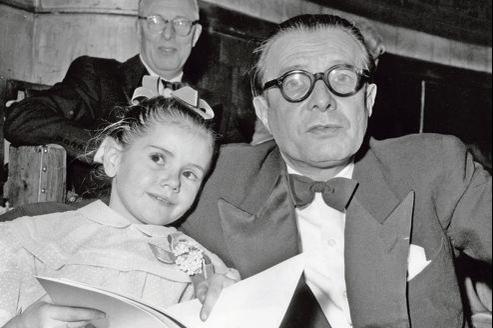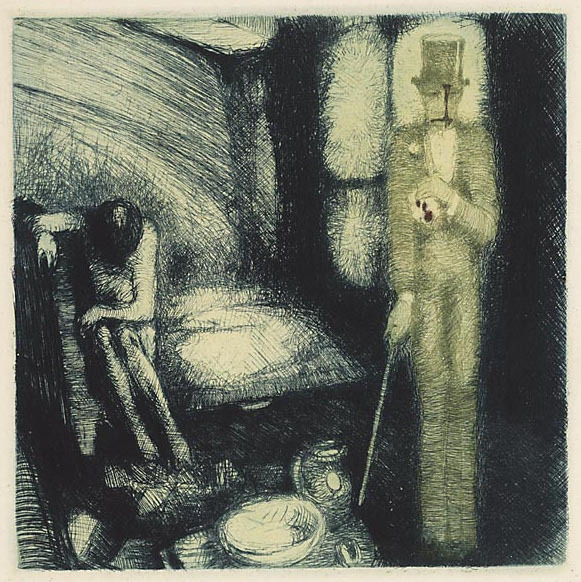
Dans l’article « Les Chants de Maldoror, par Isidore Ducasse, Comte de Lautréamont », j’ai présenté cette œuvre déroutante, tournant autour du personnage de Maldoror, anti-héros révolté se déclarant maudit et en guerre contre Dieu et l’humanité. Au fil des pages l’auteur nous livre de façon décousue les pensées et imprécations de cet homme, et occasionnellement ses actions, certaines assez insignifiantes, d’autres spectaculaires, comme collaborer au carnage d’une femelle requin avant de faire l’amour avec elle (Chant 2, strophe 13). CONTINUE READING / CONTINUER LA LECTURE…
